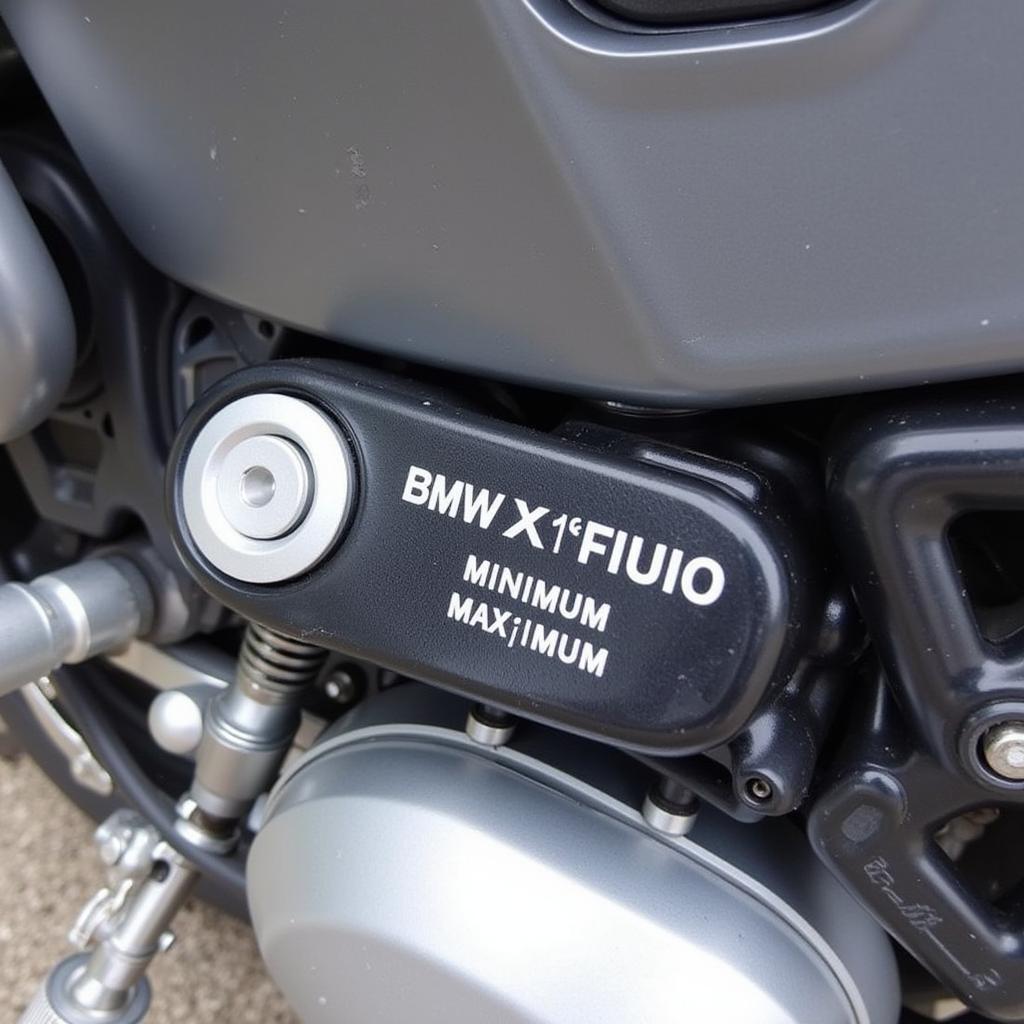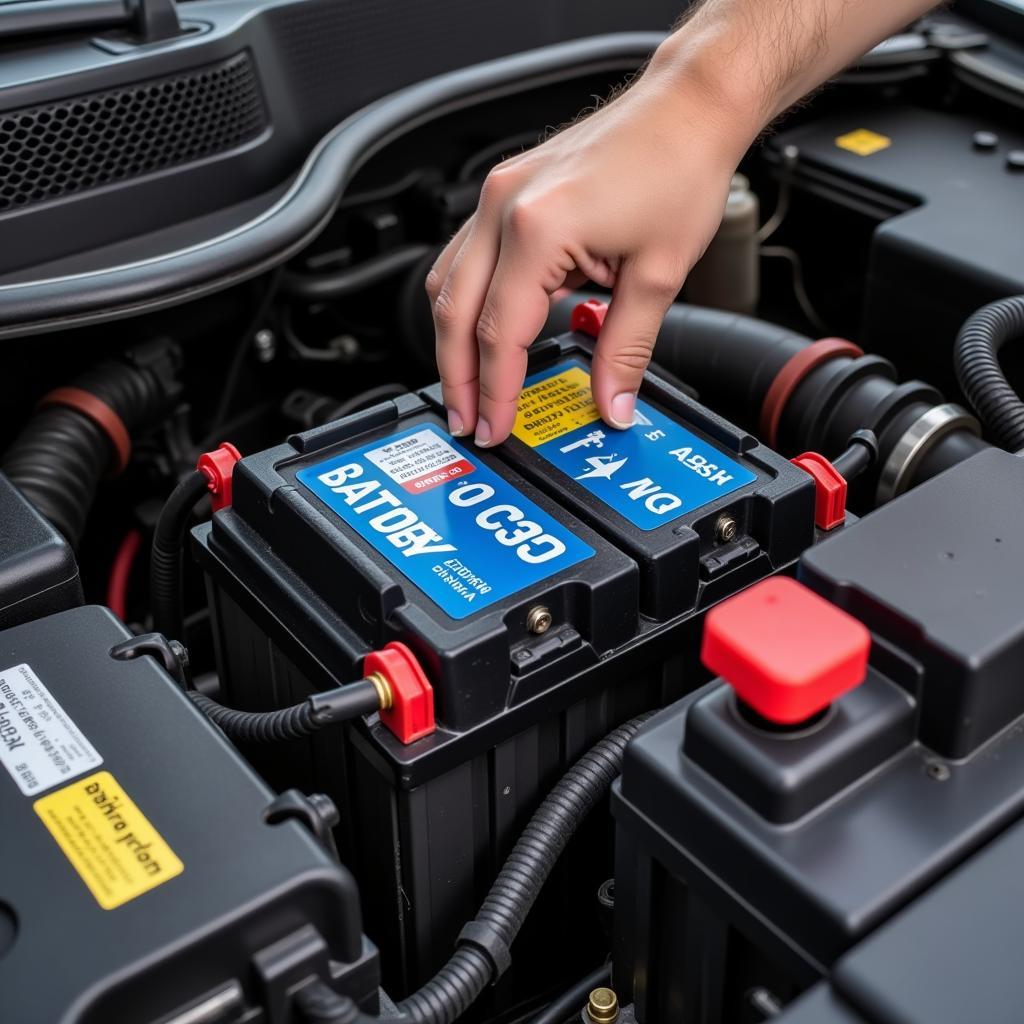Disabling the anti-theft system on your 2004 2500HD Chevy can be a tricky process, often requiring specialized knowledge. This guide provides detailed instructions and troubleshooting tips to help you navigate this issue, whether you’re dealing with a faulty system or simply need to bypass it for maintenance. Understanding the nuances of your truck’s security system is key to avoiding further complications.
Understanding Your 2004 2500HD Chevy’s Anti-Theft System
The anti-theft system in a 2004 2500HD Chevy is designed to deter theft by preventing the engine from starting without the correct key. This system, often referred to as Passlock or Passkey, uses a resistor in the ignition key that communicates with the vehicle’s computer. If the resistance isn’t recognized, the fuel system is disabled. Troubleshooting this system requires understanding its components, including the ignition cylinder, the key, and the related wiring. Knowing how these components interact is crucial for successful disablement.
Common Reasons for Disabling the Anti-Theft System
Why would you want to disable the anti-theft system on your 2004 2500HD Chevy? Several situations might warrant this action. A malfunctioning system can leave you stranded, preventing the engine from starting even with the correct key. Sometimes, during certain maintenance procedures, bypassing the system temporarily is necessary. Understanding the underlying cause is crucial for choosing the right approach.
Methods for Disabling the Anti-Theft on a 2004 2500HD Chevy
There are a few methods for disabling the anti-theft system, each with its own set of pros and cons. Some methods require specialized tools and knowledge, while others are more straightforward. Let’s explore the different options available.
Using a Professional Diagnostic Tool
A professional-grade diagnostic tool, like a Tech 2 scanner, is the most reliable way to disable the anti-theft system. This tool can communicate directly with the vehicle’s computer, allowing you to reprogram the system or diagnose specific faults. While effective, this method requires access to the specialized equipment and the knowledge to use it properly.
Performing the 30-Minute Relearn Procedure
The 30-minute relearn procedure is a commonly used method that can sometimes reset the anti-theft system without any special tools. This involves leaving the key in the “on” position for 30 minutes, allowing the system to relearn the key’s resistance. However, this method isn’t always successful and can be time-consuming.
What if the 30-minute relearn doesn’t work? Further diagnostics are necessary to pinpoint the issue.
Replacing the Ignition Cylinder
A faulty ignition cylinder can sometimes cause anti-theft issues. Replacing the ignition cylinder is a more involved process, but it can resolve persistent problems. This often requires professional assistance to ensure proper installation and programming.
Bypassing the System with a Resistor Kit
In some cases, bypassing the anti-theft system with a resistor kit is an option. This involves installing a resistor in the ignition wiring to mimic the correct key resistance. While this can be a quick fix, it’s important to understand that this essentially disables the anti-theft functionality of the vehicle.
Troubleshooting Tips for 2004 2500HD Chevy Anti-Theft Issues
When troubleshooting anti-theft problems, start with the basics. Check the battery connections and ensure they’re clean and tight. Inspect the ignition key for damage or wear. If the key appears worn, replacing it might be necessary. Remember, a systematic approach is key to finding the root cause.
Conclusion: Disabling the Anti-theft on your 2004 2500HD Chevy
Disabling the anti-theft system on your 2004 2500HD Chevy requires careful consideration and a thorough understanding of the system. While temporary disablement might be necessary for maintenance or troubleshooting, remember that permanently bypassing the system compromises your vehicle’s security. Choose the method that best suits your situation and always prioritize safety and security. If you are unsure, consulting a qualified automotive technician is always recommended.


